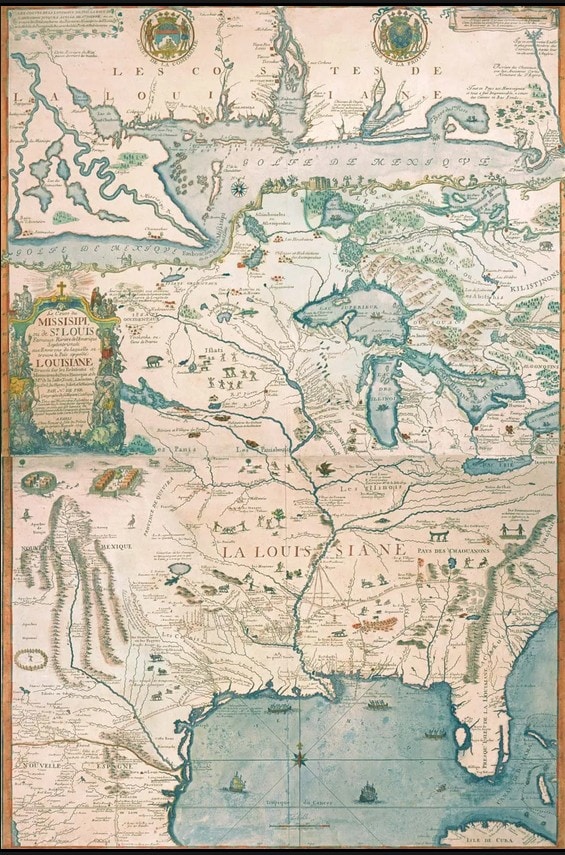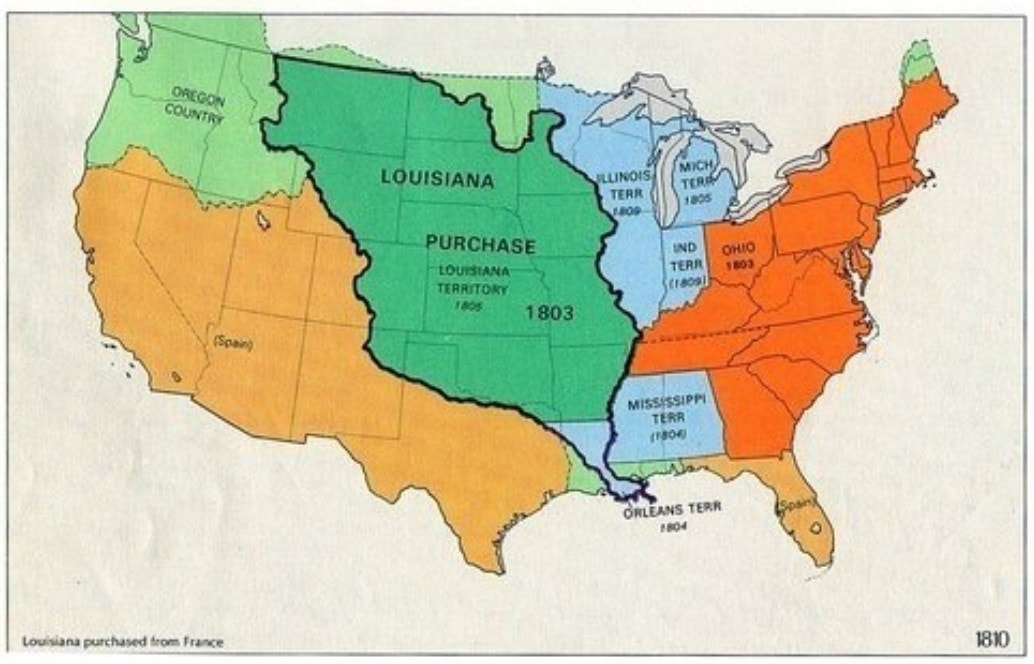
ADVERTISEMENT - CONTINUE READING BELOW
The Louisiana Purchase
In 1800, Napoleon Bonaparte made Spain cede the Louisiana Territory to France. It was massive, but Napoleon could do little with it. US settlers were pressing into that territory, and American expansionists clamored for the seizure of New Orleans as a necessary outlet for goods from America’s interior. Indeed, US President Thomas Jefferson had already warned that France’s possession of New Orleans, a port through which 40% of American produce went to market, was seen as a hostile act. Napoleon was hard pressed for money, so he gave the American delegation sent to purchase just a small part of that territory – New Orleans and the surrounding area – a great deal.

ADVERTISEMENT - CONTINUE READING BELOW
For just that region, US negotiators were willing to offer up to $10 million. To their surprise, Napoleon offered to sell not just New Orleans and its environs, but for an extra $5 million, he would toss in all of France’s 828,000-square-mile territory. So for just $15 million (about $350 million in 2023 dollars), or less than three cents an acre, America ended up with the bargain of the millennium. France did not even get the full $15 million. Desperate for cash, Napoleon struck an early payment deal with the bankers who brokered the purchase, and walked away with only $9.4 million. The bankers, by contrast, collected more than $23 million by the time they received the final payment, including interest, from the US Treasury in 1823.

